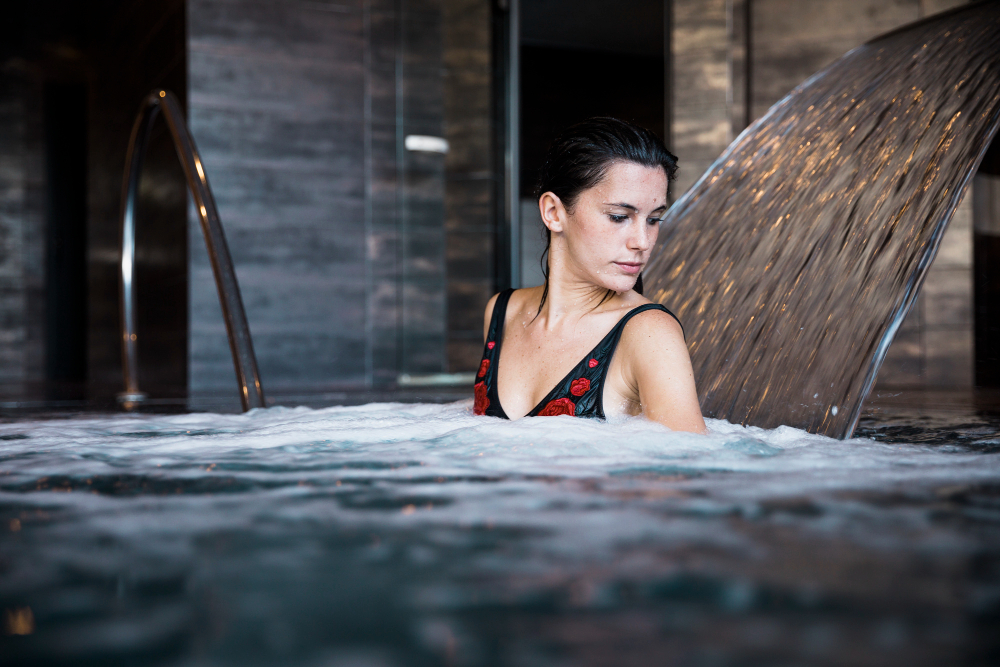Does cold water immersion really result in fat loss, and if it does, by how much? Following my personal experience and observation after several cold water immersions, I finally reached the answer, and in this article, I am going to show you with numbers and a bit of logic & calculations how I got there.
Why did I even get curious about it? Because following several months of intermittent fasting and a healthy Keto diet where I lost quite a bit of weight, my weight loss finally plateaued. Although I kept going on the same regime, I could not lose any more weight. That was around the time that I started practicing long cold-water immersions regularly.
To put things in perspective, I was doing 30 minutes of ice bath in around 6 to 8 degrees Celsius (which is 43 to 46 F) every other day. After a few sessions and with everything else unchanged, my weight loss kick-started again.
I did a lot of research and read many papers around this topic. Although I could not find any compelling study on actual weight loss, but I was almost sure it had an effect. Being a mechanical engineer by background, I started looking at it from a physics perspective. I measured the increase in water temperature within the 30-minute period that I was in the cold plunge, which was around 2 degrees Celsius. The natural warming up of the water without me in the ice bath within that 30 minutes was negligible compared to the 2-degree increase.
Let’s break down the heat transfer calculation from my body to the ice bath which is calculated as per this formula [Q = m c ΔT] where Q is the heat loss in Kcal, m is water mass in Kg, which is 270 for my tub, c is the specific heat capacity of water in Kcal/Kg.C, which is 1, and ΔT is the change in temperature in Celsius, which was 2 degrees. Put them all together, the heat loss comes to around 540 Kcal for the 30-minute stay.
This simple calculation helps us understand how our body expend energy during cold water immersion. Obviously, there are some simplifications, but you get the idea.
Now there’s more to it than just this initial heat loss. After you leave the ice bath, your whole body remains cold for a long time, especially after a 30-minute stay! In fact, I have to warm up with a warm bath or sauna otherwise it will take me all day to warm up while I am shivering.
During that period, your body continues to spend energy to warm up. I’m not even considering that in the calculation, but that can be considerable, especially for shorter immersions where you do 2 or 3 minutes in the water and experience a natural warm-up afterward, which can take a while. This extended energy expenditure is an important aspect to consider when evaluating the impact of cold water immersion on your overall metabolism.
Now, this only highlights the short-term effect of cold water exposure. There is another side to this, which is as important, if not more, and that is the effect of cold exposure on brown fat activation and metabolism.
Brown fat, also known as brown adipose tissue (BAT), plays a unique role in our body. The name “brown fat” comes from its distinctive color, which is due to its high concentration of mitochondria, the cell’s energy factories. These mitochondria contain a protein called uncoupling protein 1 (UCP1), which plays a crucial role in the thermogenic (heat-producing) properties of brown fat.
It’s specialized for energy expenditure and thermoregulation. It can contribute to overall energy expenditure and may play a role in weight management. It burns calories to generate heat, potentially helping to reduce excess stored energy in the form of fat.
While brown fat is more abundant in infants and young children, its quantity tends to decrease with age especially with our current life style where most of us fully protect ourselves from cold. This is where cold exposure comes into play. Research on brown fat has picked up significant attention in recent years due to its potential implications for weight loss and metabolic health.
Now, Cold exposure activates brown fat through a process known as thermogenesis. Here’s how it works; Cold receptors in the skin and deeper tissues sense a drop in temperature when you are exposed to cold conditions. The sensory signals from these cold receptors are transmitted to the brain via the nervous system.
In response to the cold, the brain’s hypothalamus activates the sympathetic nervous system, specifically the release of norepinephrine. Norepinephrine binds to receptors on brown fat cells, triggering a series of biochemical reactions within these cells.
This process increases the metabolic activity of brown fat cells, generating heat that is distributed throughout the body to raise overall body temperature and counteract the cold environment.
But the story doesn’t end there. The understanding is that the more brown fat is activated and built, it should result in less white fat accumulation. Also it is possible for white fat cells to undergo a process called “browning” or “baiging.” During browning, white fat cells take on characteristics similar to brown fat cells. This can occur through various mechanisms, including exposure to cold temperatures.
So, what’s the bottom line here? Cold water immersion can indeed have a positive impact on your metabolism and may help with weight management. But remember, it’s just one piece of
the puzzle, and it should be combined with a balanced diet and regular physical activity for the best results. While it’s not a magic solution for weight loss, it can be a valuable tool in your health journey. So, go ahead and embrace the cold!
Read more on the benefits of ice bath, cold plunge & cold shower. You can check out some of The Finest Ice Bath & Cold Plunge here and other health related products here.





